
The last time I was in the market for a pair of category 4 sunglasses I came away proudly clutching wire-framed aviator style shades with little leather side panels. These have probably come in and out of fashion a couple of times in the intervening two decades or so, and served me well. But, as with most kit, the technology of sunglasses has since moved on, and with the old ones falling to bits it was time I did too. So with a high altitude trip in the offing I had a look at the Bivouak, Julbo's top of the range mountaineering sunglasses.
For comparison I also brought along a pair of cheapo Decathlon shades, with none of the Bivouaks' snazzy features.
"Details are crisp and sharp, and contrast is excellent"
In the harsh light of high altitude, with its intense UV radiation and the reflective glare from snow and ice, you need glases with the highest protective rating. Most of us will be familiar with the category 0-4 system, which measures tint. Nought is practically useless, 1 and 2 are general use shades, 3 does you for most outdoor situations, but only category 4 lenses like the Bivouaks' offer enough protection for prolonged use at high altitude.
Lenses
In the UK the Bivouak is available with two different lenses: the Spectron, a fixed category 4 at £65; and the top of the range Cameleon, photochromatic, anti-fog and polarized, which retails at £125. They can also be bought as prescription shades. Lucky for me, Julbo sent me a pair with the do-it-all Cameleon lens.
Photochromatic lenses respond to the intensity of UV light by darkening or getting lighter, in the case of the Camelon lenses taking you from a category 2 that's good for overcast days and even wearable indoors (if you must), to the full category 4. This flexibility makes them suitable for use in all manner of settings, from high altitude to the rather less UV-bathed hills of home, where a category 4 might normally leave you stumbling around in the dark. If I'm wearing my bog standard glasses when I pass into the shade or enter a tent or refuge, I generally have to remove them to see clearly; but the reactive lenses respond to the light change quickly, and have tended to remain sat on my face from the full dazzle of a high altitude mid day until the last dregs of sunset. I'm wearing them right now as I type this, in a gloomy garret in downtown La Paz, and I can still use the keyboard. There's no one to see, but I know I look cool.
Polarized lenses reduce the dazzling reflections from water or ice. In my budget non-polarized shades this glare of sunbeams can be quite distracting, not to mention uncomfortable; but by contrast with the Cameleon lenses I've found it is practically eliminated, giving a noticeably clearer view.
Anti fog treatments are very handy out on the hill, particularly if you're sweating and breathing hard, and swaddled up in a hood. Even in this situation I've found the Cameleon lenses practically refuse to cloud over, thanks to their clever anti-fog treatment. Small vents at the top corner of each lens probably help too. Meanwhile, you could hardly call the Decathlon specials mist-free. Back off the hill I tried an experiment in the climate controlled laboratory of my La Paz digs. I call it the breath test. If I breathe inside my cheapo shades and then stick them on, my vision is misty for around 35 seconds; try that with the Bivouaks and I can't even get them to mist up at all.
Frames and fit
The Bivouaks' plastic frame is light and tough, with a good close wrap-around shape that hugs the face to eliminate stray light. There's no add-on nose piece, but none is needed as the plastic frame sits directly on your nose very comfortably. The last couple of inches of the stem ends can be bent in any direction to fine-tune the fit around your temples and ears. Whatever your head shape and however odd your ears, I imagine they should do the trick. A round-the-head security strap comes as standard, though on me at least the Bivouaks have such a secure fit that this is practically redundant. It would take a lot to accidentally knock or shake them from my face.
In place of those little leather side bits on my ancient aviators the Bivouaks have removable plastic panels which keep practically all side light at bay. These pop into place magnetically, an arrangement that seems far better anchored than I might have feared. There's little chance of knocking one off by mistake.
For those who care about being seen, as well as seeing, I'd say the styling is nicely understated, neither hard-edged and angular nor radically rounded. Glasses tend to look gawky on me but I reckon I more or less carry it off in the Bivouaks, which has to be some kind of endorsement.
What does the world look like?
My colour vision is a little impaired, so you'll have to take my word for this, but the brown tinted Cameleon lenses do not seem to filter out or distort colours as much as many a pair of shades I've worn. They don't make mountains and sunsets look surreal. Even at cat 4 strength details remain crisp and sharp, and contrast is excellent. By comparison I just don't feel I can see as clearly through the budget glasses; there's something muddy about the experience, and a softness to the edges of things. This does make a difference when climbing. The Bivouaks' broad oblong lenses make for a nice wide field of vision too. Upgrading to the Bivoauks has been very like the move from a camera's kit lens to a posher alternative; I made do before, but now I can clearly see the difference there's no going back.
Two minor grumbles
a. Because the arms are hinged some way back on the frame the glasses do not fold as compactly as they might, and
b. Thanks to this the protective carry case supplied is an enormous cuboid affair. You won't be slipping this into your jacket; in fact it's pretty bulky even in a rucksack pocket. After a few trips to the hills it is starting to collapse on itself a little; a hard plastic case would have been preferable.
In conclusion
With superb sharp optics, a choice of lenses (and prices) and a good secure fit, Bivouaks are the pinnacle of Julbo's high altitude eyewear range. At the top end there's a hefty price tag for something that you are only going to lose or sit on, but if you can make the stretch then I'd really recommend spending that full £125 for the anti-fog, polarized and photochromatic Cameleon lenses, both for their optical performance and for their flexibility of use in varying light conditions from high altitude sun to sea level cloud. They'd be as good on Great Gable as they are in the Greater Ranges.
What Julbo say

- Available with two lenses in the UK: Spectron - cat 4 with flash +AR coating; Cameleon - polarizing, anti-fog and photochromatic (cat 2-4)
- Front venting
- Grip tech inserts at stem end for comfort and hold; does not stick to hair
- 360degree adjustable temples - stem ends bend in every direction
- Magnetic side shields, quick to fit or remove
- Adjustable-length removable security strap
- Available in prescription sunglasses
- Weight: 35g






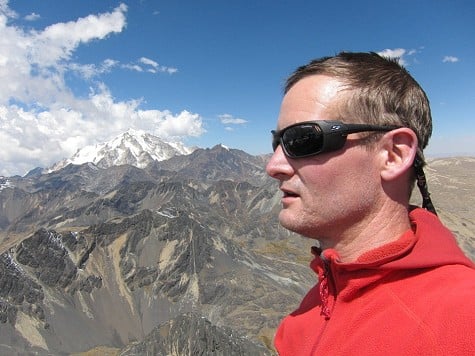


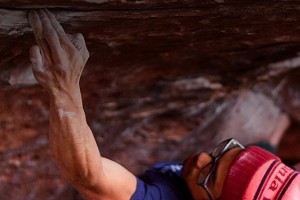
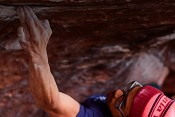
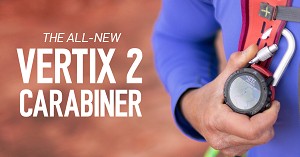

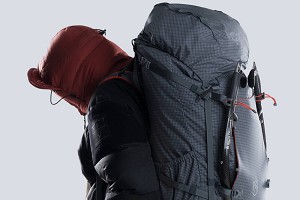
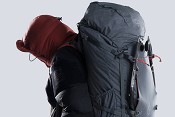


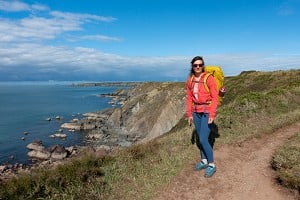
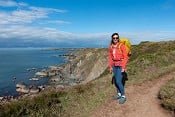
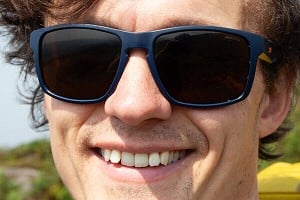

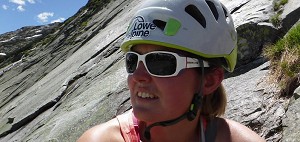

Comments